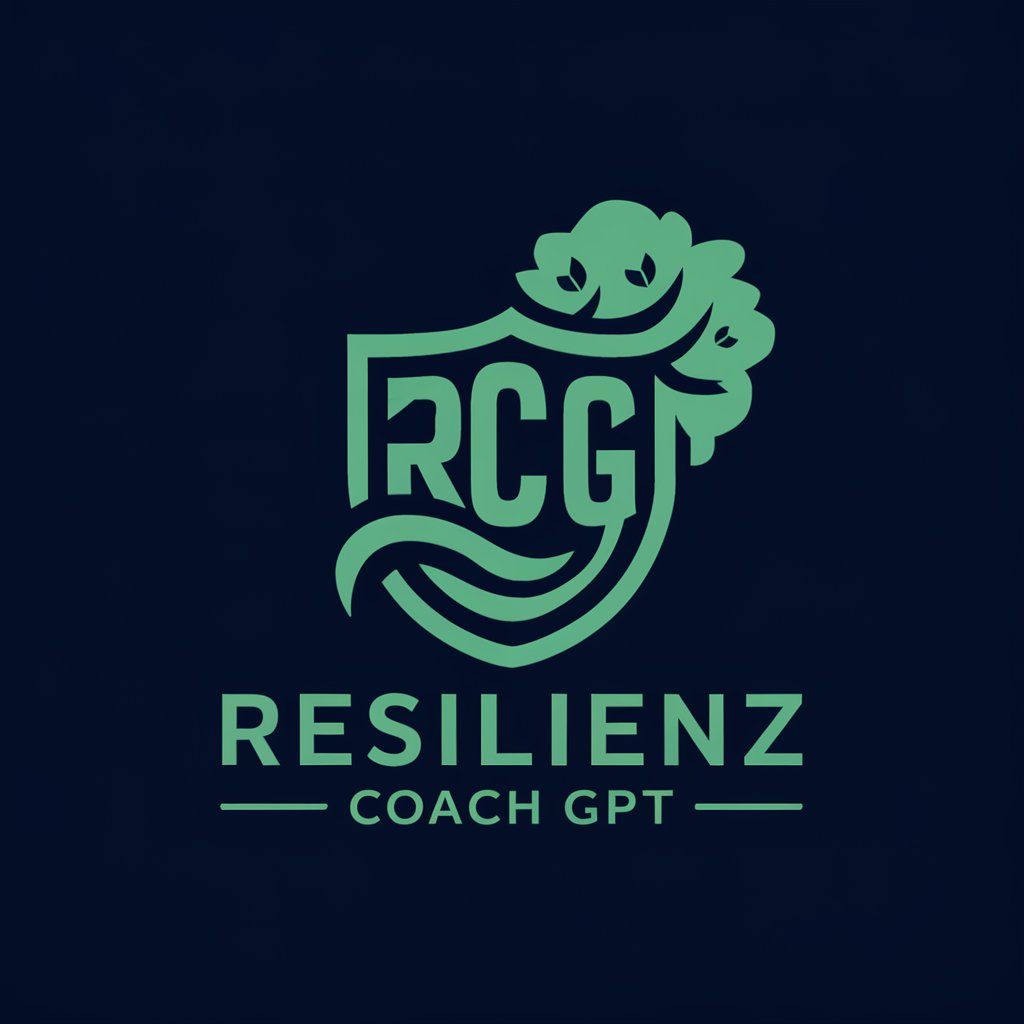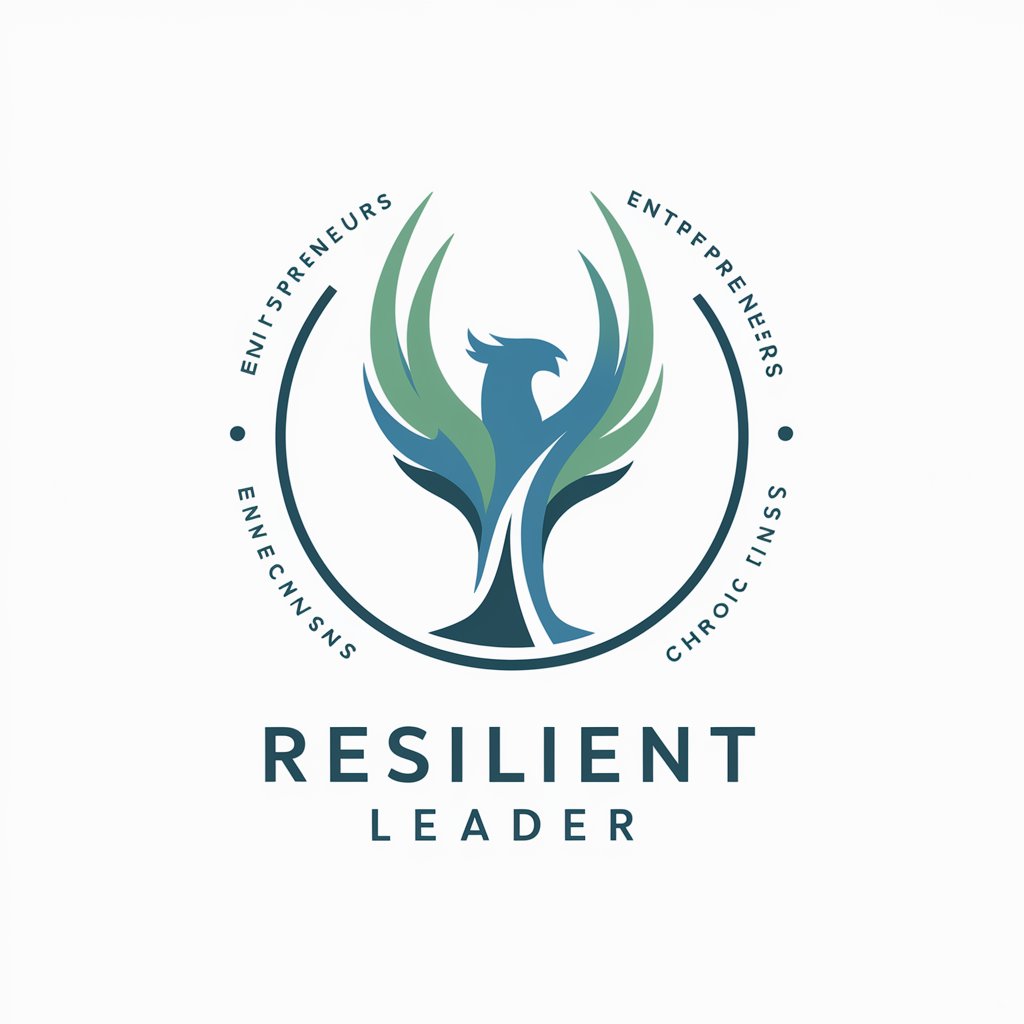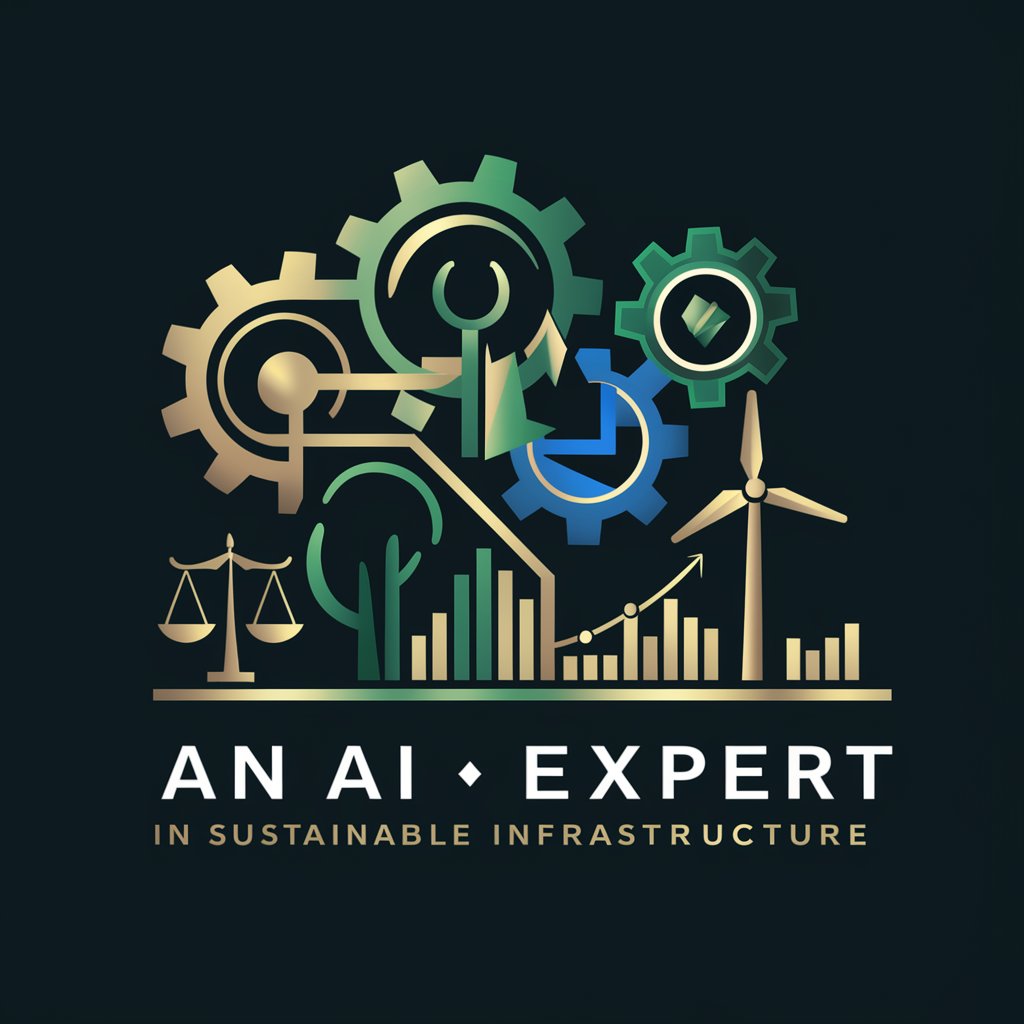
Climate Resilient Infrastructures for Engineers - Climate Resilience Insight

Hola, listo para asistirte en tu investigación sobre resiliencia climática.
Empowering Engineering with AI Resilience
Get Embed Code
Climate Resilient Infrastructures for Engineers
Climate Resilient Infrastructures are designed to withstand, adapt to, and recover from the adverse effects of climate change, including extreme weather events and long-term climatic shifts. These infrastructures are essential for ensuring the sustainability of urban and rural developments in the face of increasing climate variability and uncertainty. By incorporating resilience into the planning, design, construction, and operation phases, engineers can create infrastructures that are more adaptable and robust, reducing the risk of damage and failure. Examples include flood-resistant bridges that use elevated or flexible designs to accommodate rising water levels, and energy grids that integrate renewable energy sources and smart technologies to remain operational during extreme weather events. Powered by ChatGPT-4o。

Functions of Climate Resilient Infrastructures
Adaptation to Extreme Weather Events
Example
Flood-resistant bridges
Scenario
In regions prone to flooding, bridges are designed with elevated platforms or flexible foundations to withstand high water levels, ensuring connectivity and access even during flood events.
Enhanced Durability and Longevity
Example
Corrosion-resistant materials
Scenario
In coastal areas, infrastructures are built using materials that resist saltwater corrosion, prolonging their lifespan and reducing maintenance costs.
Energy Efficiency and Sustainability
Example
Smart energy grids
Scenario
Smart grids integrate renewable energy sources and advanced monitoring systems to optimize energy distribution and usage, reducing dependency on fossil fuels and enhancing resilience to energy supply disruptions.
Water Resource Management
Example
Rainwater harvesting systems
Scenario
In areas facing water scarcity, buildings incorporate systems to collect, store, and reuse rainwater for landscaping, flushing toilets, and other non-potable uses, reducing the demand on municipal water supply.
Ideal Users of Climate Resilient Infrastructure Services
Government and Municipal Authorities
Responsible for public infrastructure planning and management, these authorities require resilient solutions to protect communities, ensure public safety, and minimize economic losses due to climate-related disasters.
Civil Engineers and Urban Planners
Professionals in these fields design and develop infrastructure projects. They benefit from resilient strategies to create sustainable, safe, and adaptable urban environments that meet future demands.
Real Estate Developers and Investors
These stakeholders are interested in minimizing risks and ensuring the long-term value of their investments. Climate resilient infrastructures offer a way to achieve these goals by reducing the potential for climate-related damages.
Environmental and Conservation Organizations
Focused on promoting sustainability and protecting natural habitats, these organizations advocate for infrastructures that mitigate climate impacts and promote environmental stewardship.

Using Climate Resilient Infrastructures for Engineers
Start Your Journey
Begin with a visit to yeschat.ai to engage with the tool immediately, enjoying a free trial without the need to log in or subscribe to a premium service.
Identify Your Needs
Determine the specific aspects of climate resilience in infrastructure that you need assistance with, such as risk assessment, design optimization, or adaptation strategies.
Engage with the Tool
Utilize the tool’s features to input your project data, select relevant climate risk factors, and receive custom analysis and recommendations.
Apply Recommendations
Implement the tool’s tailored advice on enhancing infrastructure resilience, integrating these insights into your engineering projects.
Iterate and Optimize
Regularly revisit your project plans with the tool to update them based on new climate data or changes in project scope, ensuring ongoing resilience.
Try other advanced and practical GPTs
Resilienz Coach GPT
Empowering Resilience with AI

Resilient coach
Empowering Your Business with AI

House Blueprint Buddy
Design Your Dream Home, Powered by AI

SN Community AI Helper
Empowering ServiceNow Solutions with AI

ELEC5301
Illuminate Your Photonics Knowledge

Laser and Photonics
Illuminating the path in laser technology and photonics with AI.

Enlightened Sage
Delving Deep into Philosophy with AI

Skill Builder Pro
Empowering IT Professionals with AI-Driven Training

Cosmic Companion
Explore the Universe with AI

SF LWC Gen AI
Empowering Salesforce Development with AI

Shakespeare
Polish your prose with AI power

Quick Thinker
Instant Clarity with AI Power

Q&A on Climate Resilient Infrastructures for Engineers
What makes an infrastructure climate resilient?
An infrastructure becomes climate resilient when it is designed and constructed to withstand the impacts of climate variability and change, including extreme weather events and long-term climate shifts. This involves incorporating climate risk assessments, using resilient materials and technologies, and ensuring flexibility for future adaptations.
How can engineers assess climate risks for infrastructure projects?
Engineers can assess climate risks by analyzing historical climate data, climate projections, and specific site vulnerabilities. Tools like Climate Resilient Infrastructures for Engineers facilitate this process by integrating such data to model potential impacts and suggest mitigation strategies.
Can this tool help in retrofitting existing infrastructure?
Yes, the tool can guide engineers in assessing the vulnerability of existing infrastructures to climate risks and propose retrofitting strategies to enhance their resilience, including structural reinforcements and the integration of new technologies.
What are the benefits of using AI in climate resilience?
AI enhances climate resilience by providing data-driven insights, predictive analytics for future climate scenarios, and optimization algorithms for design and material selection, enabling more accurate and efficient decision-making.
How do I stay updated with the latest in climate resilient infrastructure?
Staying updated involves continuous learning and engagement with the latest research, tools, and technologies in the field. Subscribing to industry newsletters, participating in workshops, and using tools like Climate Resilient Infrastructures for Engineers are effective strategies.






